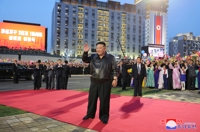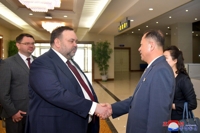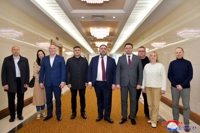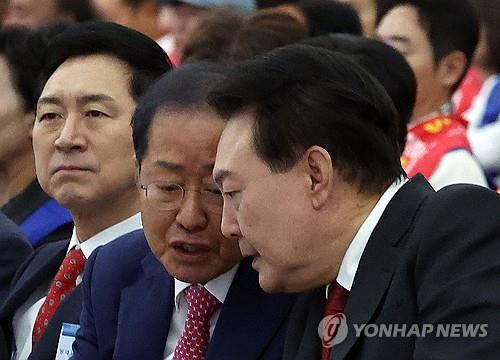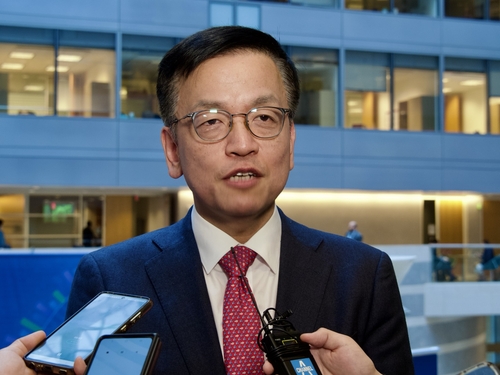(EDITORIAL from Korea JoongAng Daily on Dec. 3)
Defending against nukes
South Korea and the United States decided to draw up an aggressive military action plan to cope with nuclear threats from North Korea. In an annual Security Consultative Meeting (SCM) Thursday at the Ministry of National Defense in Seoul, defense chiefs of the two countries agreed to a new Strategic Planning Guidance (SPG). Both sides will reflect the new guidelines in their joint Operation Plan 5015 to effectively deal with the North Korean nuclear threat.
After its sixth nuclear test in September 2017, North Korea began to make nuclear weapons in a full-fledged way, including tactical nukes. The two allies' move to devise concrete measures to tackle the growing nuclear threat came much later than expected. But we welcome the development. Because Defense Minister Suk Wook said that the plan has nothing to do with the government's pursuit of a declaration to end the 1950-53 Korean War, we hope the Moon Jae-in administration revises the operation plan in a desirable direction.
Despite the constant nuclear threats from North Korea, the pro-North administration has been pushing for an end-of-war declaration without any abatement in the North Korean nuclear programs. In fact, the government did not have any substantial meetings to discuss specific ways to take advantage of the U.S.'s extended deterrence. For instance, no meetings were held between the two allies' ministers of defense or foreign affairs to deal with the issue even though the U.S. extended deterrence included not only the U.S. nuclear umbrella but also the mobilization of missile defense systems and conventional weapons. The Moon administration went so far as to suspend the Table Top Exercise (TTX) — which is related to the extended deterrence — over the last two years.
It is important to frame a new operation plan. But first, the Moon administration must review basic requirements for the extended deterrence in the SCM to help raise the credibility of the extended deterrence. The recent primary of the opposition People Power Party (PPP) was heated with a debate on the redeployment of U.S. tactical weapons in South Korea and NATO-style nuclear sharing from Uncle Sam. Both sides must candidly discuss such sensitive issues to help protect the South Korean people and the U.S. forces stationed here.
North Korea's nuclear threats are not confined to the Korean Peninsula as they are extended to Japan and the U.S. mainland after its development of ICBMs. In that sense, we appreciate Seoul and Washington's consensus on the significance of security cooperation among the three countries in the SCM.
But actions speak louder. The government must quickly restore the General Security of Military Information Agreement (Gsomia) between Seoul and Tokyo and establish a system to prevent a nuclear attack by North Korea by sharing intelligence among the three countries. North Korea's nuclear weapons pose a grave threat to not only the present but also the future of the peninsula. Peace can arrive only after North Korea is completely denuclearized.
ejkim@yna.co.kr
(END)
-
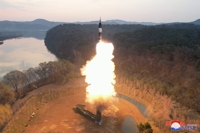 Defense chief says N. Korea's hypersonic missile 'unsuccessful' in last-stage glide flight
Defense chief says N. Korea's hypersonic missile 'unsuccessful' in last-stage glide flight -
 Relax, immerse yourself in scents at Venice Biennale's Korean Pavilion
Relax, immerse yourself in scents at Venice Biennale's Korean Pavilion -
 Overdue debut of Korean abstract art pioneer Yoo Young-kuk at Venice Biennale
Overdue debut of Korean abstract art pioneer Yoo Young-kuk at Venice Biennale -
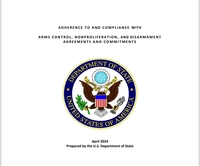 N. Korea has capability to genetically engineer biological military products: U.S. report
N. Korea has capability to genetically engineer biological military products: U.S. report -
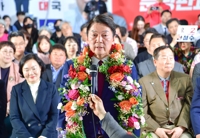 PPP lawmaker says entire Cabinet should resign over general elections defeat
PPP lawmaker says entire Cabinet should resign over general elections defeat
-
 Relax, immerse yourself in scents at Venice Biennale's Korean Pavilion
Relax, immerse yourself in scents at Venice Biennale's Korean Pavilion -
 Overdue debut of Korean abstract art pioneer Yoo Young-kuk at Venice Biennale
Overdue debut of Korean abstract art pioneer Yoo Young-kuk at Venice Biennale -
 Defense chief says N. Korea's hypersonic missile 'unsuccessful' in last-stage glide flight
Defense chief says N. Korea's hypersonic missile 'unsuccessful' in last-stage glide flight -
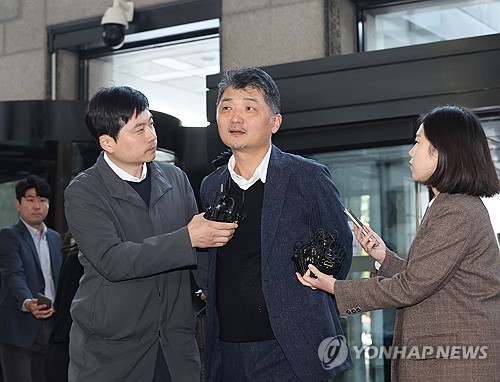 Questioning necessary for Kakao founder for suspected stock rigging: prosecution
Questioning necessary for Kakao founder for suspected stock rigging: prosecution -
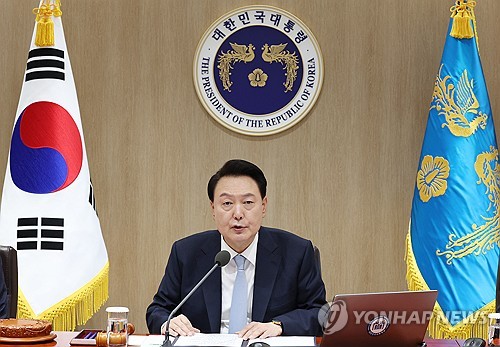 (LEAD) Yoon vows to improve communication with people after election defeat
(LEAD) Yoon vows to improve communication with people after election defeat
-
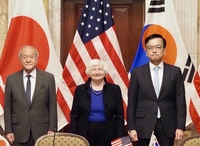 (4th LD) Finance chiefs of S. Korea, U.S., Japan recognize 'serious' concerns over 'sharp' won, yen depreciation
(4th LD) Finance chiefs of S. Korea, U.S., Japan recognize 'serious' concerns over 'sharp' won, yen depreciation -
 S. Korea to provide 100,000 tons of rice to 11 nations
S. Korea to provide 100,000 tons of rice to 11 nations -
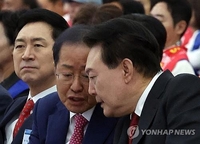 Yoon, Daegu mayor met to discuss post-election matters: sources
Yoon, Daegu mayor met to discuss post-election matters: sources -
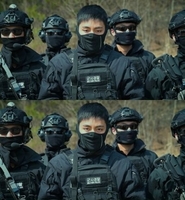 Facebook page unveils photos of BTS member V in counter-terrorism unit gear
Facebook page unveils photos of BTS member V in counter-terrorism unit gear -
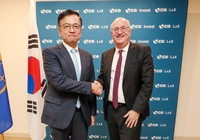 S. Korea to provide US$200 million in humanitarian aid to Ukraine this year
S. Korea to provide US$200 million in humanitarian aid to Ukraine this year

















